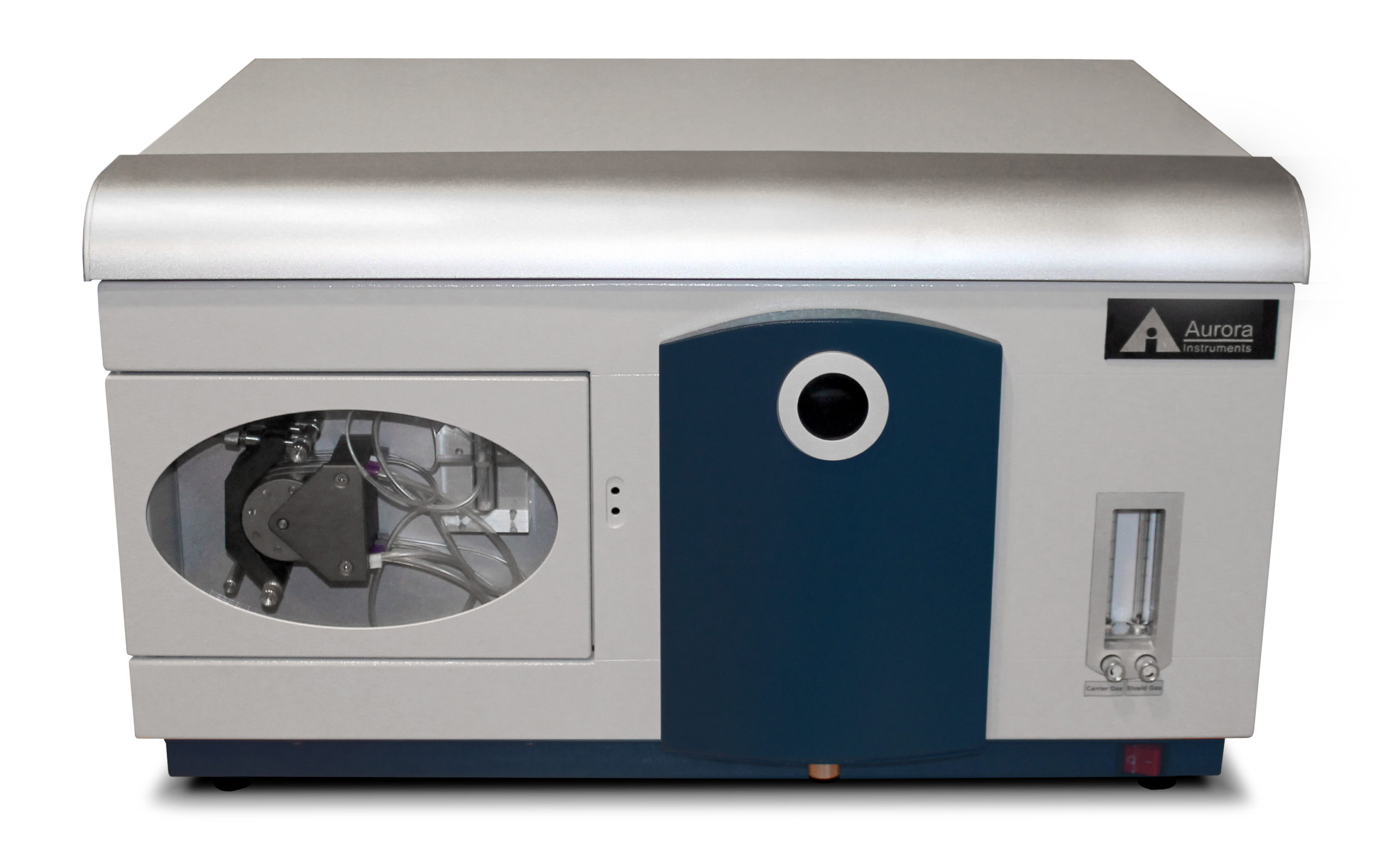Application – USP Heavy Metals – Class I
The classic colorimetric USP-231 method for heavy metal determination requires the precipitation of insoluble metal sulfides, followed by visual determination of the color of these resulting precipitations. Unfortunately this technique has been shown to be non-specific, insensitive and labour intensive. Due to these limitations, the USP has proposed a number of revisions to USP <231> (USP-232, USP-233 and USP-2232). These revisions require the use of modern analytical instruments to quantitatively measure the elements levels in the samples.

The proposed USP heavy metal guidelines instruct which element should be detected and at what concentration level. In USP <232> elements are divided into 2 classes. Class I consists of the highly toxic elements Arsenic (As), Cadmium (Cd), Lead (Pb) and Mercury (Hg). Testing for class I elements in pharmaceutical products is mandatory. The USP now recommends that samples first be digested in a microwave digestion oven and then the elements of interest measured by ICP-OES and/or ICP-MS. Inductively coupled plasma (ICP) spectrometers offer precision testing for multiple analytes. Unfortunately, ICP spectrometers are relatively expensive when compared against other modern analytical instruments.
Aurora’s LUMINA 3300 atomic fluorescence spectrometer utilizes a vapour hydride generator to separate analytes from the sample matrix, greatly reducing the interference from the sample media and thereby increasing the sensitivity. Performance data summarized in Table 1 shows that the sensitivity of the LUMINA 3300 is comparable or superior to data obtained from ICP-OES or ICP-MS, while the cost of the LUMINA platform is a fraction of the cost of an ICP system.
In summary, the LUMINA 3300 provides a highly precise, cost effective heavy metal determination solution for the determination of sub-trace levels of metals. The LUMINA 3300 offers unbeatable sensitivity for the detection of hydride forming elements and is an ideal solution for researchers requiring an analytical instrument to test for Class I heavy metals. Atomic fluorescence spectrometry is more sensitive and reliable than traditional mass spectrometry techniques and provides an ideal solution that has been proven to satisfy the new USP requirements laid out in USP <232>, USP <233> and USP <2232>.
LUMINA 3300 Performance Data | |
ELEMENT | DETECTION LIMIT (ppb) |
| Arsenic (As) | 0.01 |
| Cadmium (Cd) | 0.001 |
| Lead (Pb) | 0.01 |
| Mercury (Hg) | 0.001 |


